The allure of luxury brands is timeless, but the forces driving the luxury goods market are subject to change. High-end brands signify not only a level of quality and exclusivity but are also considered investments in personal image and status. As both economic conditions and consumer preferences evolve, luxury goods indices provide a pulse check on the sector’s health and adaptability.
Luxury Goods Indices: A Snapshot of Affluence
Luxury goods indices aggregate the performance of companies specializing in fine clothing, accessories, jewelry, high-end automobiles, and other premium products. These indices offer insights into the economic conditions of the wealthier segment of consumers and serve as indicators for consumer confidence and spending power.
One of the prominent luxury indices includes:
- The S&P Global Luxury Index, which tracks 80 of the largest publicly-traded companies in the global consumer discretionary sector that manufacture and distribute luxury goods.
Emerging Markets Driving Growth
The emergence of affluent consumers in developing economies has been pivotal for luxury brands, which have traditionally been more reliant on Western and Japanese markets. Growth in countries like China and India is being reflected in luxury indices as these new consumers seek to spend their increasing disposable income on high-end goods.
Sustainability and Ethical Consumption
Modern luxury consumers are more aware of sustainability and ethical considerations. Luxury brands are responding by incorporating eco-friendly practices and transparency in sourcing and production. Indices tracking luxury goods are adapting by including companies that prioritize sustainability, recognizing that responsible consumerism is growing in importance.
To get a glimpse of companies leading in eco-luxury, consider the:
- Dow Jones Sustainability Indices, which include companies that operate under sustainable business models.
Digital Transformation Impacting Luxury Goods
The rise of e-commerce has left no stone unturned, and luxury goods are no exception. Brands that have successfully integrated online sales platforms and leveraged digital marketing are faring better in indices, as they capture a growing demographic of tech-savvy and online shoppers.
The Resilience of Luxury Amid Economic Turbulence
Historically, the luxury sector has shown resilience in the face of economic downturns. Consumers of luxury goods tend to be less price-sensitive, and their purchasing patterns are less affected by economic uncertainty. As such, luxury goods indices can act as a defensive hedge in investment portfolios during volatile periods.
Adapting to the Pandemic Disruption
The COVID-19 pandemic tested the luxury goods market like never before. Those who demonstrated agility in responding to disrupted supply chains, temporary store closures, and the rapid shift to online purchasing have emerged stronger. Keeping an eye on luxury goods indices can provide an early indication of how well the sector is navigating the post-pandemic world.
Investing in Luxury Goods Indices
Investors looking to tap into the luxury market might consider luxury goods indices as a tool for diversification. The robust performance of leading brands, coupled with their ability to navigate changing consumer behaviors and economic climates, often translates into stable investment opportunities.
Conclusion: Monitoring the Indices of Opulence
In a world where consumer markets are continuously in flux, luxury goods indices are more than just economic measure; they are reflective of global trends, societal values, and the adaptive strategies of high-end brands. Analyzing the performance of these indices leads to a deeper understanding of the luxury sector’s place within the broader economic ecosystem and its prospects in the face of change. As consumer markets shift towards inclusivity, innovation, and connectivity, keeping a close eye on luxury goods indices will be invaluable for discerning investors aiming to capture the essence of evolving opulence.




 AGF-B.CO
AGF-B.CO